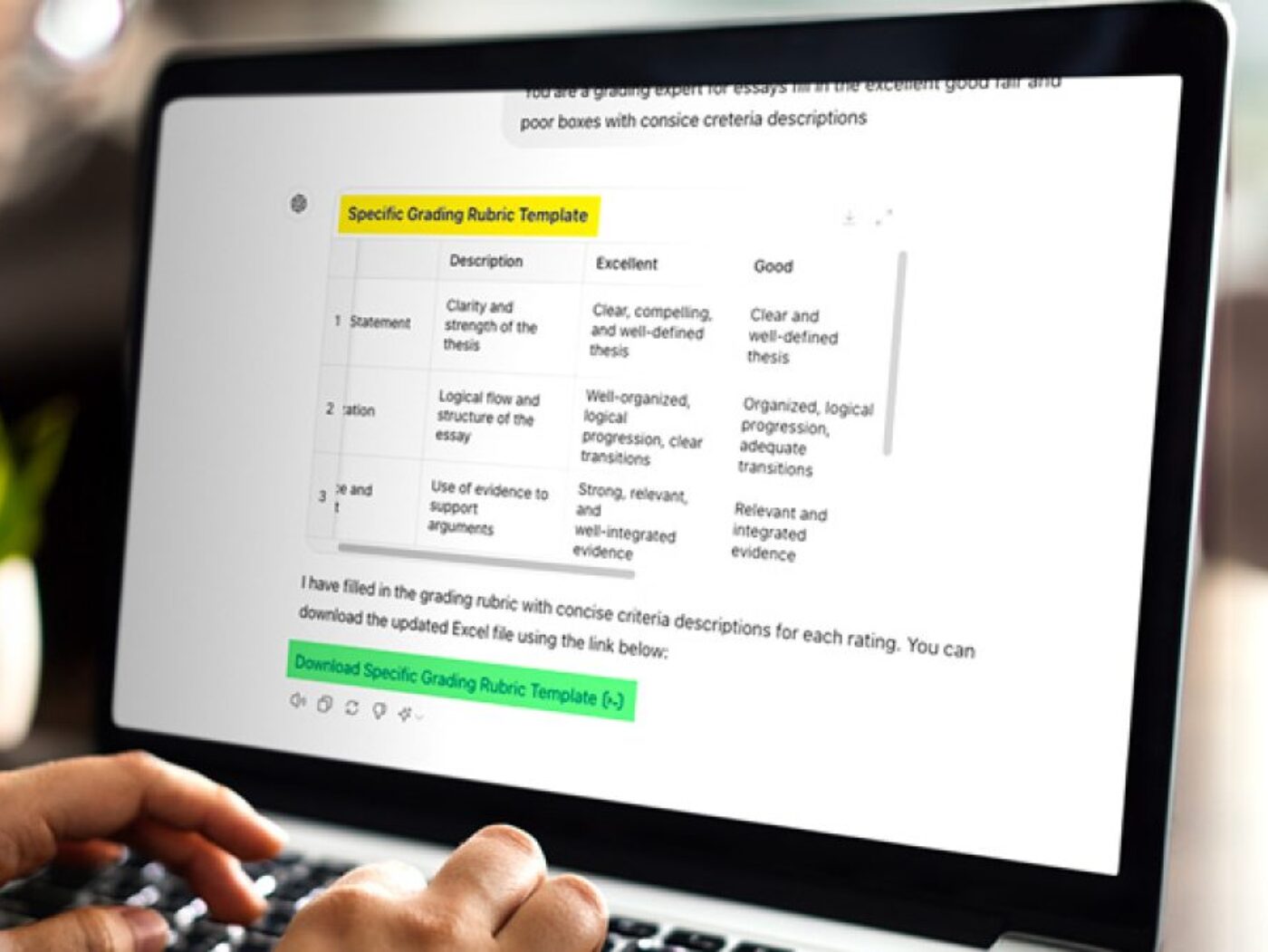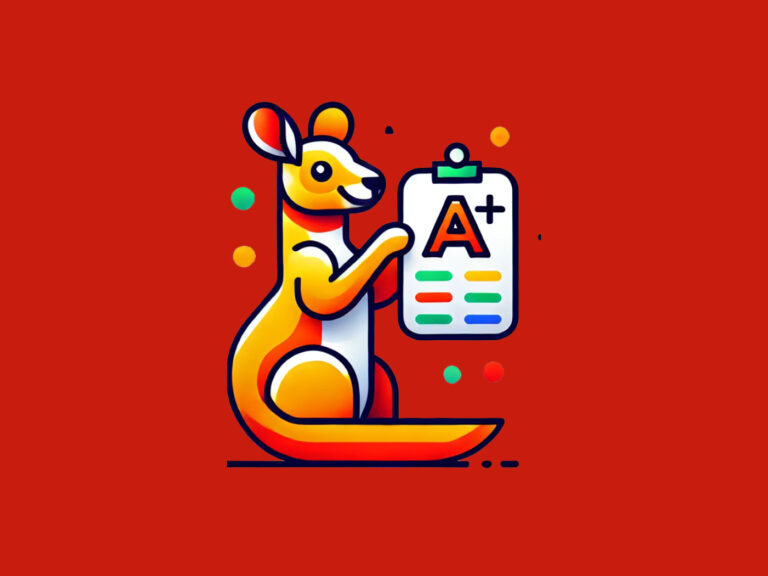Teachers and educators are now leveraging AI tools like ChatGPT to create grading rubrics that streamline assessment processes while maintaining fairness and consistency. A well-crafted AI grading rubric you can save time and provide clearer guidelines for evaluating your students’ work.
In this guide, I’ll explore how you can use ChatGPT or AI Grader App to design a highly effective grading rubric for your classroom, training program, or educational project.
Why Use ChatGPT for Creating Grading Rubrics?
- Efficiency: ChatGPT generates structured content quickly, saving valuable time.
- Customization: Tailor your grading rubric to specific subjects, assignments, or objectives.
- Clarity: Ensure consistency and transparency in your grading criteria.
- Iterative Improvement: Easily refine and tweak your rubric based on feedback.
6 Steps to Use ChatGPT to Generate a Rubric
Step 1: Define the Purpose of Your Grading Rubric
Before diving into the rubric creation process, clarify what you aim to achieve. Consider the following:
- What is the subject or topic of the assignment?
- What specific skills, knowledge, or competencies will you assess?
- What format will students’ work take (e.g., essays, presentations, projects)?
💡 For example, if you’re evaluating an essay, your rubric might focus on structure, argumentation, grammar, and originality.
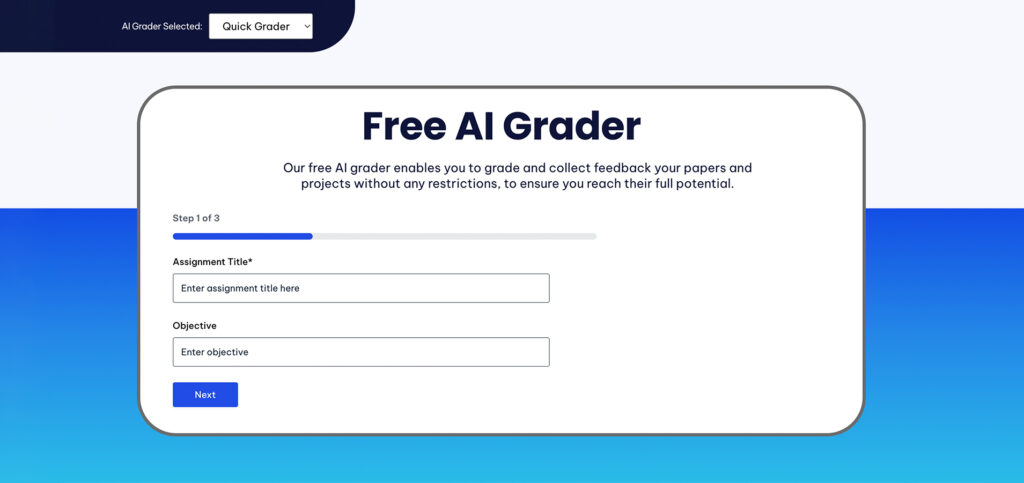
Step 2: Outline Key Grading Categories
Identify the main criteria that will guide your assessment. Common categories include:
- Content Quality: Accuracy and depth of information.
- Organization: Logical flow and structure.
- Presentation: Clarity, formatting, or adherence to guidelines.
- Critical Thinking: Originality and insight.
💡 For each category, define a range of performance levels, such as “Excellent,” “Good,” “Needs Improvement,” and “Unsatisfactory.”
Step 3: Use ChatGPT to Generate Rubric Descriptions
Here’s where ChatGPT becomes invaluable. Provide clear instructions to ChatGPT to generate grading criteria for each category. For example:
“Generate a grading rubric for an essay assignment. The rubric should include the categories: Content Quality, Organization, Grammar and Style, and Originality. Describe performance levels as Excellent, Good, Needs Improvement, and Unsatisfactory.”
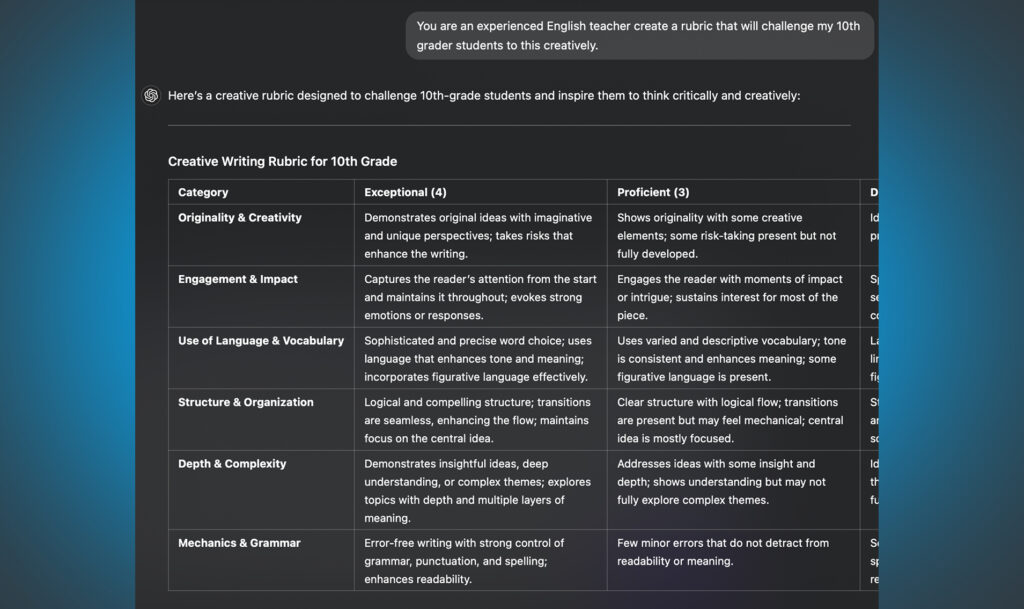
ChatGPT will produce a detailed rubric like this:
Category Excellent (4) Good (3) Needs Improvement (2) Unsatisfactory (1)
- Content Quality Comprehensive and insightful; demonstrates deep understanding of the topic. Adequate coverage with minor gaps; demonstrates good understanding. Limited coverage; some inaccuracies or superficial understanding. Inadequate or incorrect information; lacks understanding.
- Organization Well-structured, logical flow; clear introduction, body, and conclusion. Generally well-organized with minor issues. Some organizational issues; transitions may be unclear. Poorly organized; lacks a clear structure.
- Grammar and Style Error-free; writing is polished and professional. Minor errors that do not impede understanding. Frequent errors that affect readability. Numerous errors that hinder comprehension.
- Originality Highly original and creative ideas; demonstrates critical thinking. Some original ideas; demonstrates good effort. Minimal originality; mostly derivative. Lacks originality; highly derivative or plagiarized.
Step 4: Customize and Refine the Rubric
The rubric generated by ChatGPT can be further refined to suit your specific needs. For instance:
- Adjust the language to align with your institution’s guidelines.
- Add weightings to emphasize certain categories (e.g., 40% for Content Quality, 30% for Organization, etc.).
- Incorporate any specific requirements for your assignment.
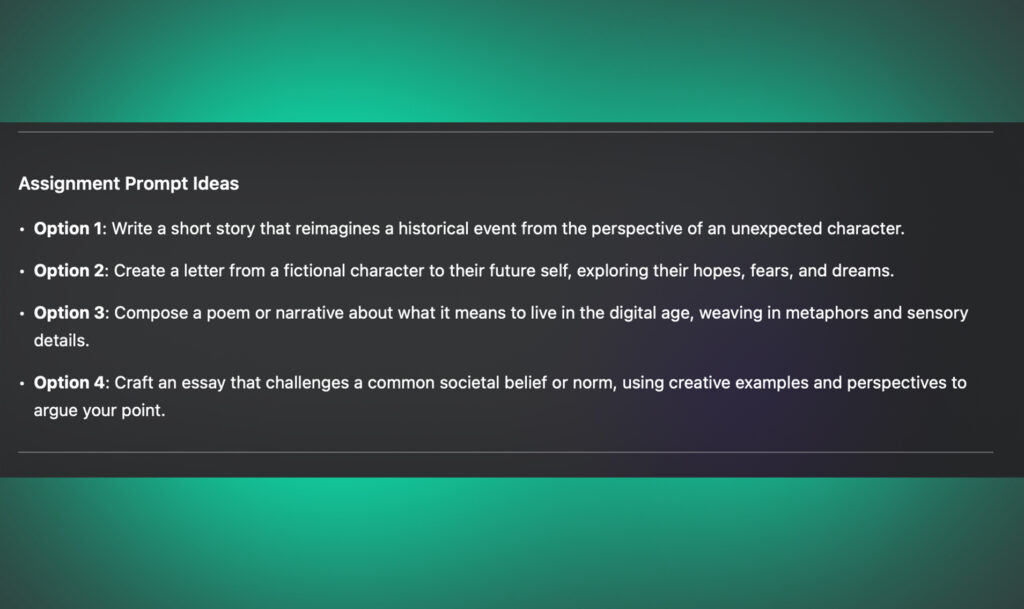
💡 Example instruction for refinement:
“Modify the rubric to include a category for the use of credible sources, with criteria for Excellent, Good, Needs Improvement, and Unsatisfactory.”
Step 5: Validate Your Rubric
Before implementing the rubric, ensure its effectiveness by testing it:
- Peer Review: Share the rubric with colleagues for feedback.
- Test Application: Apply the rubric to sample work to identify potential gaps or ambiguities.
- Student Feedback: Involve students in reviewing the rubric to enhance clarity and fairness.
Step 6: Use ChatGPT for Continuous Improvement
ChatGPT can assist in revising the rubric based on feedback. For example:
“Adjust the rubric to make the distinction between ‘Good’ and ‘Excellent’ clearer in the Content Quality category.”
The iterative nature of AI tools makes it easy to update your rubric as needed.
Best Practices for AI-Driven Grading Rubrics
1. Start with Clear Objectives: Be specific in what you want to measure.
2. Provide Context to ChatGPT: The more detailed your instructions, the better the results.
3. Combine AI with Human Insight: Use ChatGPT to generate ideas, but rely on your expertise to finalize the rubric.
4. Keep it Transparent: Share the rubric with students beforehand to set clear expectations.
Final Thoughts
Creating an AI grading rubric with ChatGPT or AI Grader App is a game-changer for educators. It streamlines the rubric design process while maintaining flexibility and customization. By following this guide, you can craft rubrics that enhance the grading process, improve student understanding, and ensure fair evaluations.
Try AI Grader App’s Free AI Grader
Get started with AI Grader App’s free AI grader or ChatGPT to get started saving time grading while also improving your rubric feedback!


